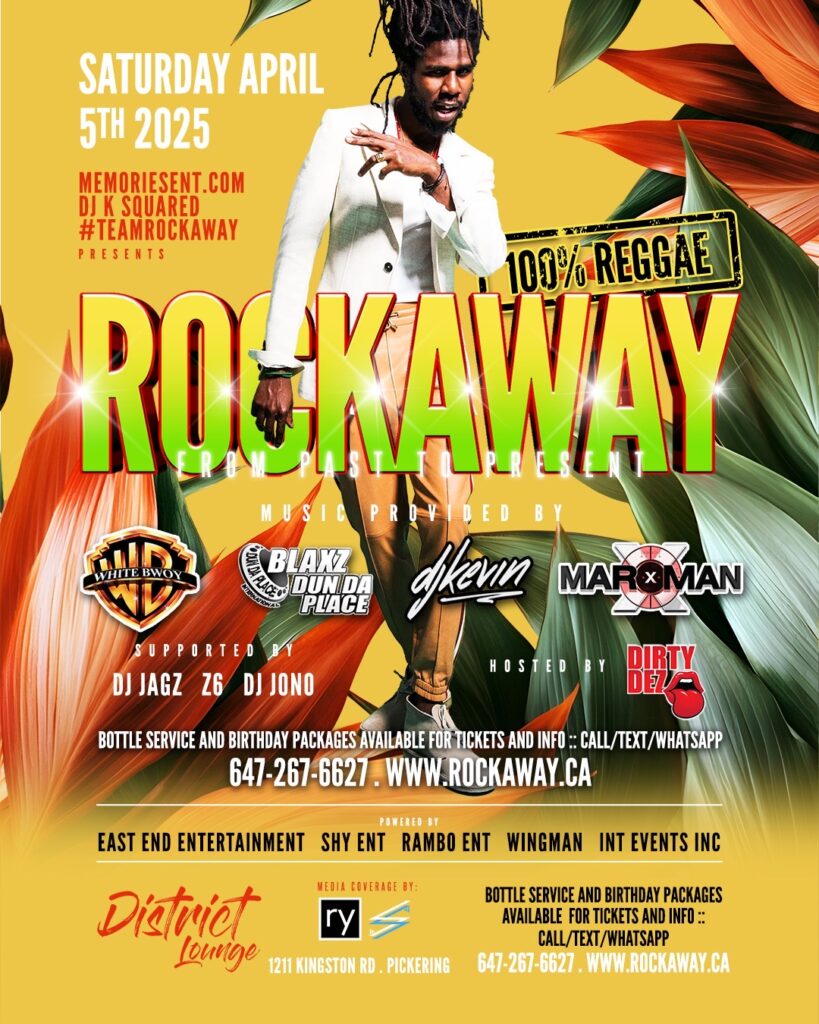10 African Businesses Making The World’s Most Expensive Products | So Expensive Marathon

Africa is home to a vibrant tapestry of artisanal crafts and products that are steeped in tradition and cultural significance. These products not only hold a high economic value but also offer a glimpse into the rich heritage of the continent’s diverse communities.
Our journey begins in Fez, Morocco, where artisans meticulously create colorful Zellige tiles. These tiles are crafted from clay that is hand-molded and baked before being intricately carved and arranged into geometric patterns. The artistry and skill required in their creation make Zellige tiles not only a symbol of Moroccan heritage but also a highly sought-after product worldwide.
Moving south to Uganda, the focus shifts to the luxurious East African shea butter. Akello, a local artisan, employs traditional techniques to pound and grind nuts by hand. This results in a silky and nutritious product that is coveted for its moisturizing properties and natural benefits.
In Tunisia, Mohamed is deeply engaged in producing authentic Tyrian purple dye. This ancient dye, which has been considered a symbol of royalty and wealth, is derived from snails through a labor-intensive process. The rarity and historic significance of Tyrian purple enhance its allure as a premium product.
Further south, in regions rich with natural resources, the production of frankincense and myrrh continues as it has for centuries. These resins, harvested from trees, have been used in spiritual and medicinal contexts since ancient times.
In coastal regions, such as those known for stockfish production, traditional practices of drying and curing fish are preserved. This method of preservation not only adds a distinct flavor but also makes the fish a valuable export commodity.
In Moroccan regions, we find the production of argan oil, extracted from the nuts of the argan tree. This oil, often referred to as “liquid gold,” is renowned for its culinary and cosmetic uses. The labor-intensive extraction process contributes to its status as a luxury item.
Continuing along the rivers, artisans work with river reeds to weave baskets and mats, showcasing the ingenuity in utilizing natural resources sustainably. These handcrafted items highlight the beauty and functionality of traditional techniques.
In the culinary domain, the delicate processing of fish maw and the vibrant red palm oil production underscore the rich gastronomic traditions of the continent. Both ingredients are integral to cuisines across the globe, valued for their unique flavors and nutritional benefits.
Finally, Moroccan rugs represent a pinnacle of artisanal craftsmanship. Each rug tells a story through its intricate patterns and vibrant colors, passed down through generations.
In each of these unique products, from Zellige tiles to Moroccan rugs, the skill, tradition, and cultural heritage of African artisans shine through. These items are more than commodities; they are tangible connections to the history and identity of the continent’s communities.






